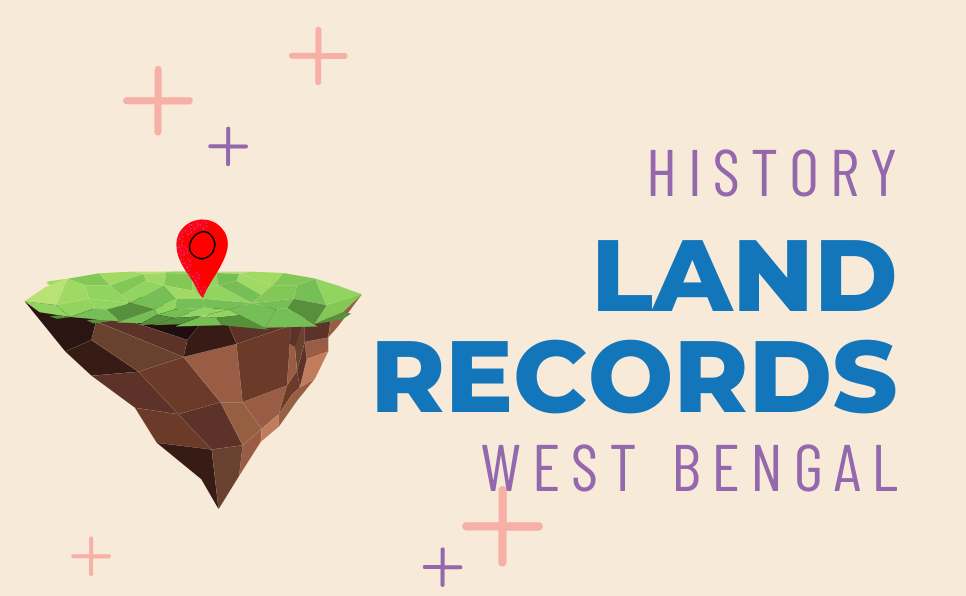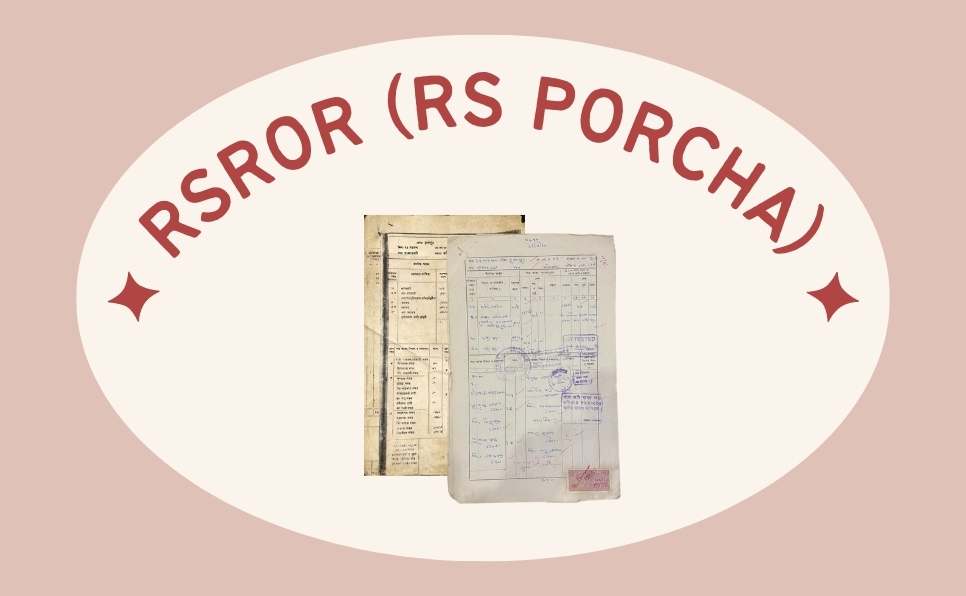Table of Contents
I. Introduction:
Land records are critical documents that provide valuable information about land ownership, land use, and land transfers. In West Bengal, land records have a long and complex history that dates back to the pre-colonial era. The state has seen various rulers and governments, each with their own policies and systems for maintaining land records. In this article, we will take a closer look at the history of land records in West Bengal, from the pre-colonial period to the present day.
II. The Pre-Colonial Period:
During the pre-colonial period, land records in West Bengal were maintained by the zamindars or local landlords. These records were mostly oral, and the zamindars had complete control over the land and its use. The zamindars were responsible for collecting rent from the tenants and maintaining the land records. The tenants were allowed to cultivate the land as long as they paid the rent to the zamindars.
III. The British Era:
The British brought about significant changes in the system of land records in West Bengal. The Permanent Settlement Act of 1793 introduced the concept of individual ownership of land, and the zamindars were recognized as the owners of the land. The British also introduced the concept of revenue administration, and the system of land records became more formalized.
Under the British rule, the land records were maintained by the revenue department, which was responsible for collecting revenue from the zamindars. The land records were kept in registers called the “Cadastral Survey.” The cadastral survey contained information about the ownership of land, the extent of land, and the nature of the land use. The cadastral survey also had information about the revenue payable by the zamindars.
IV. Post-Independence Period:
After India gained independence in 1947, the government of West Bengal took several measures to improve the system of land records. The first major reform was the enactment of the West Bengal Estates Acquisition Act in 1953. This act abolished the zamindari system and vested the ownership of land in the state government.
The government also introduced the concept of “record of rights,” which contained information about the ownership of land, the nature of land use, and the revenue payable. The record of rights was maintained by the revenue department, and any changes in ownership or land use had to be recorded in the record of rights.
In 1979, the government of West Bengal introduced the Computerization of Land Records (CLR) scheme, which aimed to computerize the land records and make them more accessible to the public. The CLR scheme involved the creation of a computerized database of land records, which could be accessed online. The CLR scheme also introduced the concept of a “khatian,” which was a unique identification number for each plot of land.
V. Current Scenario:
Today, the system of land records in West Bengal is mostly computerized, and the land records are maintained by the revenue department. The government has also introduced the concept of e-governance, which has made it easier for people to access land records online.
The land records in West Bengal are now available on the website of the Banglar Bhumi, which is the online portal of the Department of Land & Land Reforms. The website contains information about the ownership of land, the nature of land use, and the revenue payable. The website also allows people to view and download the land records, apply for mutation, and pay the revenue online. The online portal has made it easier for people to access land records and has reduced the need for physical visits to government offices.
In addition to the online portal, the government of West Bengal has also introduced the concept of land banks, which are parcels of land reserved by the government for specific purposes, such as industrial or commercial use. The land banks are managed by the West Bengal Industrial Development Corporation (WBIDC) and are meant to attract investment and promote economic growth.
Despite the various reforms and improvements in the system of land records, there are still some challenges that need to be addressed. One of the major challenges is the issue of land disputes, which are quite common in West Bengal. The government has introduced various measures to address the issue of land disputes, such as the creation of special land courts and the introduction of alternative dispute resolution mechanisms.
Another challenge is the issue of illegal land transfers and encroachments. The government has taken several measures to prevent illegal land transfers and encroachments, such as the creation of a land protection force and the introduction of stringent penalties for illegal land transactions.
VI. Conclusion:
In conclusion, the history of land records in West Bengal is a long and complex one. The system of land records has evolved over time, from the oral records maintained by the zamindars to the computerized records maintained by the government. The government has introduced various reforms and improvements in the system of land records, such as the computerization of land records and the introduction of e-governance.
Despite the various challenges that need to be addressed, the system of land records in West Bengal has come a long way and has become more accessible and transparent. The online portal of the Department of Land & Land Reforms has made it easier for people to access land records and has reduced the need for physical visits to government offices. With further improvements and reforms, the system of land records in West Bengal can become more efficient and effective in the future.



